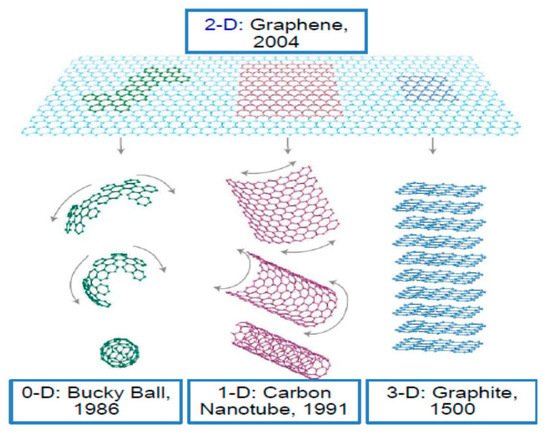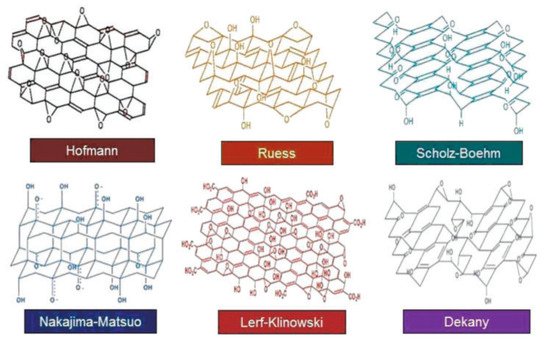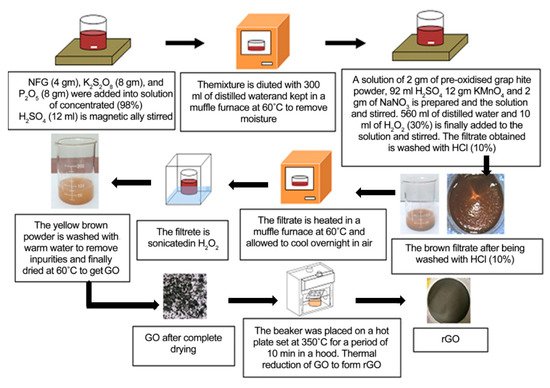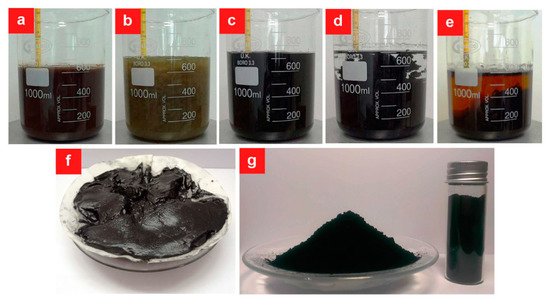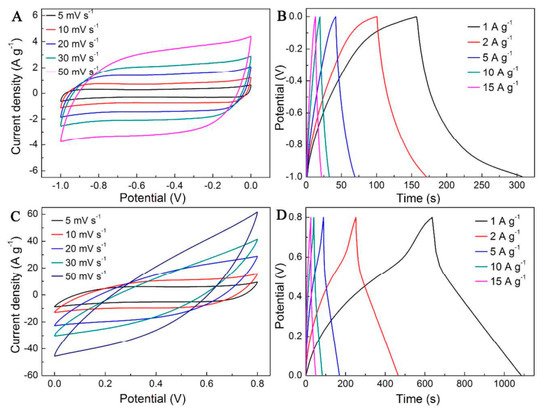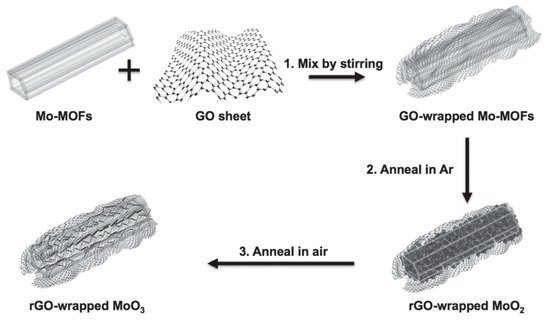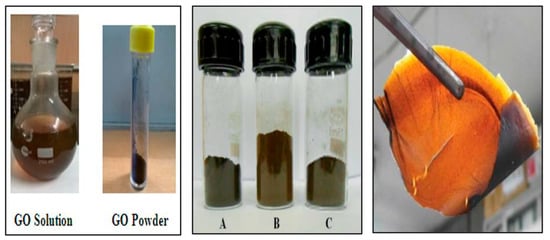composites. (Reproduced with permission from ref.
. Copyright 2015 Wiley Publications).
Organic substrates have been widely used in recent studies, but metallic substrates remain an important choice. Copper metallic foil acted as a substrate for the growth of rGO/Cu
2O through the hydrothermal technique and showed moderate advantages as an electrode in supercapacitors
[42][70]. However, the sol–gel approach is also simple and has been used for the fabrication of rGO-based composites. rGO paper was obtained by a modified Hummer’s method followed by evaporation drying. ZnO was deposited in the form of layers on rGO paper by using a stabilizer through a synthesis process. The composite ZnO/rGO/ZnO has been utilized for supercapacitor electrodes
[43][71]. The choice of the material for positive or negative electrodes plays a vital role in energy devices. A compatible negative electrode material in a supercapacitor for Fe
2O
3 nanoparticle clusters/rGO paper was investigated. The composite was synthesized through the hydrothermal technique
[44][72]. Chong et al.
[45][73] prepared an MnO
2/rGO nanocomposite by a facial one-step electrochemical method. MnO
2 nanoparticles were uniformly distributed on rGO nanosheets and acted as spacers to prevent rGO nanosheets from restacking. This unique structure provided MnO
2/rGO with high specific capacitance. Furthermore, the MnO
2/rGO composite also showed high conductivity and excellent potential cycling stability, and has potential as electrode material for highly stable supercapacitors. In addition to MnO
2, tungsten oxide (WO
x) is widely studied as electrode material for supercapacitors. Recently, a W
18O
49 nanowires (NWs)/rGO nanocomposite, which can act as the negative electrode in asymmetric supercapacitor devices, was prepared from the precursors WCl
6 and GO by the solvothermal method
[46][74]. The asymmetric supercapacitor W
18O
49 NWs-rGO//rGO showed high specific capacitance and excellent cycling stability. For the fabrication of paper-based electrode, the incorporation of celluloses and pulps is desirable to attain flexibility and stability. GO-based nanocomposite of nanocrystalline cellulose acetate fabricated via stirring and a solvent casting method showed high thermal stability and good mechanical strength
[47][75]. Likewise, cotton pulp was mixed with LiCl in addition with anhydrous DMAc by stirring. Further addition of a GO suspension to cotton pulp resulted in the formation of a cellulose-based composite useful for energy and memory storage
[48][76]. An outstanding anodic electrode material was designed by fabricating a composite of GO and TiO
2, whereas further reduction of the composite to rGO/TiO
2 was obtained by stirring and drying. Anatase TiO
2 exhibits higher power and energy density than other conventional metal oxides
[49][77]. In comparison with cellulose, the residual paper pulp is more stable. As a consequence, it can be used in the fabrication of rGO-based flexible composites. First, the paper pulp was stirred in stable solvent and then it was mixed with GO. Next, the suspension was infiltrated with and reduced by hydrazine vapors at a certain temperature via the drop casting technique. The obtained composite possessed better performance compared with cellulous-based composites when applied in flexible electrodes
[50][78]. Altogether, natural fiber-based GO/rGO paper composites have been proven to have excellent performance in multiple applications, especially in energy storage and conversion devices in the modern portable device industry.
